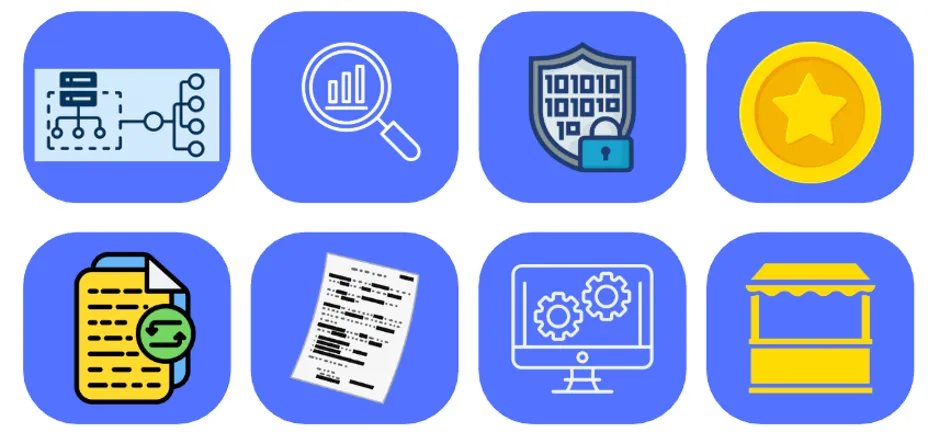Artificial intelligence has come a long way from clunky chatbots that couldn’t even order a pizza correctly. Today, we find ourselves on the leading edge of a storm of agentic AI, autonomous agents that can make decisions, take actions on our behalf, and, if we’re lucky, not accidentally book a family reunion in Antarctica.
But here’s the catch, while agentic AI can be a powerful extension of human capabilities, it’s also inheriting all the old headaches of digital security. If you thought stolen Netflix passwords were bad, imagine what happens when a malicious actor compromises an AI agent with access to your company’s data, cloud accounts, or HR systems. That’s not just a bad day, it could become a career-limiting event.
Earlier this year, the security community got a reality check courtesy of the Echoleak vulnerability. For those who missed the shenanigans, the Echoleak issue exploited the way in which certain AI agents cached and re-used credentials. Attackers discovered that by manipulating the agent’s memory handling, they could coax it into “echoing” out sensitive tokens and API keys like a parrot with a grudge. In that particular case it was as simple as sending an email with font text set to white as the colour.
Think about that for a second. An AI agent that’s supposed to manage your workflows, triage your emails, and spin up cloud instances could instead be blurting out the digital keys to your kingdom. It was less “artificial intelligence” and more “actual facepalm.”
Echoleak was a wake-up call. Not because it was particularly exotic in any way (plenty of us in security have seen credential reuse bugs before), but because it underscored just how unprepared many organizations are for the reality of securing autonomous agents. We may be getting ahead of our skis.
Let’s be clear, agentic AI isn’t going anywhere. Honestly, it is really cool technology when safely implemented. Enterprises love the efficiency gains, startups love the innovation, and users love having a digital helper that’s more reliable than that one coworker who always “forgets” to update the spreadsheet. But enthusiasm needs to be tempered with a modicum of responsibility.
The problem is that most security models weren’t designed with agent autonomy in mind. This is a new frontier for us. Humans can be trained, warned, and reprimanded. AI agents on the other hand, well they’ll happily execute any instruction within their programmed scope, no matter how risky. Without proper controls, you’re basically giving the digital equivalent of your toddler a set of car keys.
Some of the biggest risks include:
- Credential Compromise: If an agent stores API tokens, SSH keys, or passwords improperly, attackers can extract them. The lesson we learned from Echoleak proved this isn’t hypothetical.
- Over-Privileged Access: Agents often get “god mode” access for convenience (recall the good old 'any-any' firewall rules of days gone by). That’s like giving your intern the master key to the building and the liquor cabinet.
- Unmonitored Activity: Human employees leave audit trails. AI agents? Not always. In the Echoleak example the agent removed evidence of its instructions. If you don’t have visibility into what these agents are doing, you may only notice a breach once the data is already for sale on the dark web.
- Chained Exploits: An agent compromised in one context can become the launchpad for pivoting into more sensitive systems.
So what are we to do? Beyond crossing our fingers, organizations need to get serious about implementing guardrails. Here are some practical steps:
- Principle of Least Privilege Stop handing out all-access passes. This isn’t backstage at The Weeknd’s show. Each agent should only get the specific permissions it needs. If an AI agent’s job is to analyze spreadsheets, it doesn’t need the ability to spin up new Kubernetes clusters.
- Short-Lived Credentials Make use ephemeral tokens wherever possible. The shorter the lifespan of a credential, the less useful it is if leaked. It’s like a jug of milk - you want it to expire before it becomes dangerous.
- Secure Secret Storage Agents should never be caching sensitive credentials in plain text or unsecured memory. Centralized vaults with robust access controls are non-negotiable.
- Audit and Monitoring We need to treat AI agents like employees on probation, or the new intern, and watch everything they do until they earn trust. Implement detailed logging so you can detect suspicious behaviour quickly.
- Kill Switches If an agent starts going rogue, you need the ability to shut it down fast. No one wants to have a “delete all data” disaster story.
- Regular Red-Teaming Just as you’d test human systems, you need to probe your AI ecosystems for weaknesses. Security teams should be actively trying to trick, coerce, and break these agents before the bad guys do.
It’s tempting to joke about AI agents becoming self-aware and demanding snack breaks or having corporeal form, but the truth is that the risks are already here, today. Echoleak showed us that the simplest coding oversights, credential storage and reuse, can cascade into major security incidents when amplified by automation.
If you’re still thinking of AI security as “tomorrow’s problem,” remember that attackers won’t wait for your Q4 budget cycle. They have the ability to innovate faster than most product roadmaps, and they’re more than happy to let your overworked AI system do the heavy lifting for them.
Agentic AI promises a future of productivity gains and digital helpers that take care of the boring stuff, so we don’t have to. But that future only works if we take steps now. Without strong security practices, AI agents risk becoming the weakest link in the enterprise chain.
The takeaway from Echoleak isn’t just the old standard of “patch faster.” It’s a reminder that we need to rethink identity, access, and monitoring in a world where your newest “employee” might be an algorithm with the keys to your infrastructure.
So yes, let’s celebrate the rise of agentic AI. But let’s also lock down its credentials, leash its privileges, and make sure the only thing it’s leaking is dad jokes or your selfies with penguins from your Antarctica trip in Slack. Because if there’s one thing worse than an AI that can’t help you, it’s one that helps your adversaries.









